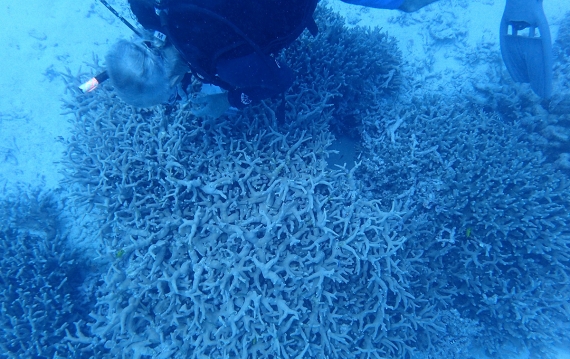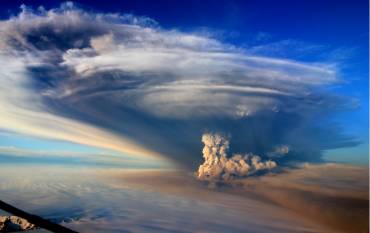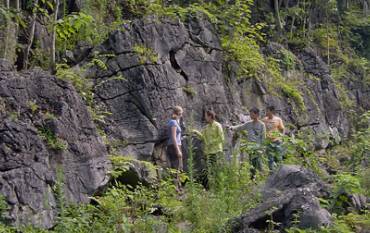The Stanford School of Earth, Energy & Environmental Sciences is now part of the Stanford Doerr School of Sustainability.
This page is currently being maintained for archival purposes only. For the latest information, please visit us here.
Evolution of Earth and Life
February 25, 2014
April 27, 2010
Stanford News
Earth experienced its biggest mass extinction 250 million years ago. New evidence from Stanford, which looks at calcium isotopes, suggests massive volcanic eruptions were to blame for ocean acidification that wiped out 90 percent of marine biodiversity. The result may parallel today's climate change and ocean acidification.
- ‹ previous
- 5 of 5
Subscribe to Earth Matters
A free monthly bulletin for your inbox








